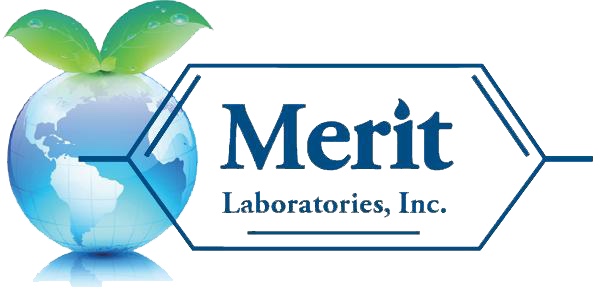As part of a significant update to RCRA, the U.S. EPA announced proposed rule amendments to add nine PFAS compounds as hazardous constituents.
The proposed addition of these nine PFAS compounds as hazardous constituents is expected to have a wide-ranging impact on the environmental industry. As published in the Federal Register on February 8, 2024, entities potentially affected by this action include hazardous waste treatment, storage, and disposal facilities (TSDFs) with solid waste management units (SWMUs) that have released or could release any of the PFAS proposed to be listed as RCRA hazardous constituents.
RCRA Corrective Actions are expected to be significantly impacted by the proposed rule amendments, “likely resulting in additional corrective action to address releases of specific PFAS listed as RCRA hazardous constituents.” According to the EPA, has nearly 2,000 facilities have been identified that could be subject to additional corrective action requirements (pursuant to RCRA section 3004(u) and (v)) to address releases not already subject to corrective action pursuant to EPA's corrective action regulations.
The nine PFAS compounds in the proposed rule amendment include:
perfluorooctanoic acid (PFOA)
perfluorooctanesulfonic acid (PFOS)
perfluorobutanesulfonic acid (PFBS)
hexafluoropropylene oxide-dimer acid (HFPO-DA/GenX)
perfluorononanoic acid (PFNA)
perfluorohexanesulfonic acid (PFHxS)
perfluorodecanoic acid (PFDA)
perfluorohexanoic acid (PFHxA)
perfluorobutanoic acid (PFBA)
Merit Laboratories is a leading national PFAS environmental laboratory, analyzing drinking water, soil, wastewater, groundwater, and other sample matrices, including biosolids and sludge. Analytical methods performed by Merit for PFAS include drinking water by EPA 533, EPA 537.1, and EPA 537 rev. 1.1, soil and biosolids by ASTM D7968-17 with Isotopic Dilution, and wastewater, groundwater, and surface water by ASTM D7979-19 with Isotopic Dilution and development of the new EPA 1633 method.

